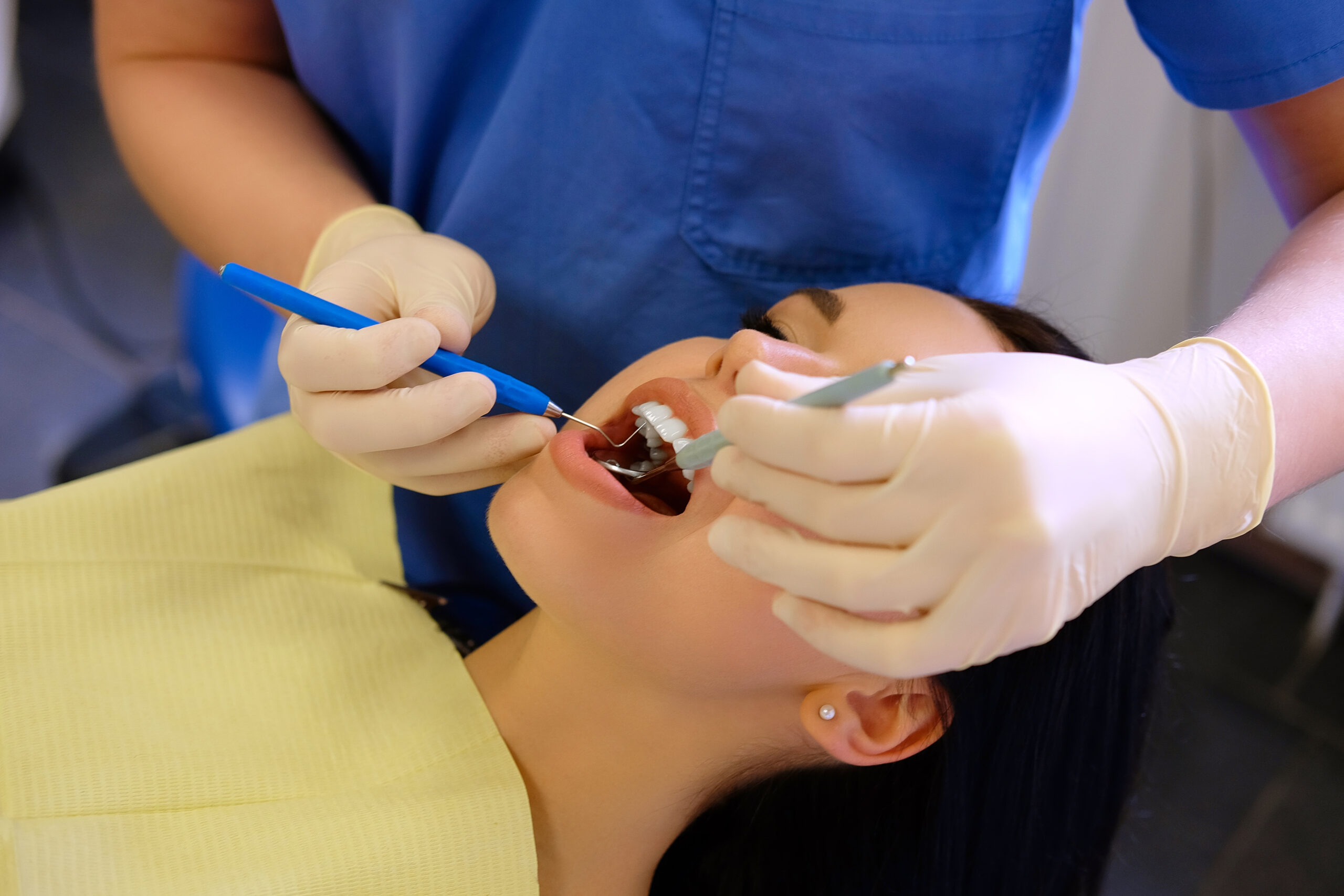At Askdoctor.ai, we understand the concerns surrounding mercury fillings and their potential health risks. That’s why we’ve created this content to provide you with clear, reliable information and real-life stories to help you make informed decisions. Our goal is to empower you with the knowledge needed to take the next steps toward better health, whether you’re considering mercury filling removal or simply looking for more insights.
Mercury fillings, also known as dental amalgams, have been a staple in dental treatments for over 150 years. These silver-colored fillings are widely used for cavity treatment due to their durability and affordability. However, recent studies and increasing public concern have brought attention to the potential health risks associated with mercury fillings. While the U.S. Food and Drug Administration (FDA) maintains that mercury fillings are safe for most individuals, a growing body of research points to the long-term health effects of mercury exposure.
According to the Centers for Disease Control and Prevention (CDC), the primary health risk from mercury vapor released by fillings is neurotoxicity, which can impact brain function, particularly in vulnerable populations like pregnant women, children, and those with pre-existing health conditions. This article will explore the health risks of mercury fillings, safe removal options, and how you can protect yourself and your family.
Health Risks of Mercury Fillings
Mercury makes up about 50% of a typical amalgam filling. Over time, tiny amounts of mercury vapor can be released—especially when chewing, grinding teeth, or getting dental work done. While not everyone reacts the same, it’s helpful to understand what those risks could look like, especially if you have multiple fillings.
Potential Risks of Mercury Exposure
- Toxicity to Organs
Mercury tends to build up in organs like the kidneys and brain. A 2019 study found a strong link between long-term mercury exposure and neurological problems, such as memory loss, fatigue, and trouble concentrating. - Neurological Impacts
According to the National Institutes of Health, mercury vapor can negatively affect brain development, especially in babies and young children. This makes mercury fillings especially risky for pregnant women and new moms. - Allergic Reactions
Some people are allergic or sensitive to mercury. The American Dental Association has documented cases of swelling, gum irritation, or even rashes after getting mercury fillings. - Impact on Pregnant Women and Children
The FDA’s updated safety communication advises against mercury fillings for pregnant women, breastfeeding mothers, children under six, and people with neurological or kidney problems. - Cumulative Effects
A 2021 study showed that the more mercury fillings someone has, the more likely they are to have elevated mercury levels in the body. Even though each filling might release a small amount, over time, it adds up.
Symptoms to Watch For
If you have mercury fillings and notice any of these symptoms, it might be worth bringing up with your dentist:
- Ongoing headaches
- Memory or focus issues
- Mood changes like anxiety or irritability
- Skin reactions around the mouth
- Feeling tired all the time
Safe Removal of Mercury Fillings
If you’re worried about mercury exposure, the good news is that there are safe ways to remove these fillings—but it has to be done right. A 2022 study emphasized that poor technique during removal can increase mercury exposure, so always go to someone trained for this.
How to Safely Remove Mercury Fillings
- Choose a Trained Professional
Look for a dentist who follows proper mercury-safe protocols. Holistic or biological dentists often specialize in this area. A 2020 study found that trained professionals using protective equipment greatly reduce the risk during removal. - Protocol for Safe Removal Here’s what a safe removal should include:
- Rubber dam: Keeps the rest of your mouth protected.
- High-suction vacuum: Pulls in mercury vapor and particles as the filling is removed.
- Cool water spray: This keeps the filling from getting too hot and releasing more vapor.
- Protective gear: Both you and the dental team wear masks, filters, and barriers for safety.
- Replacement with Safe Alternatives
Once the old fillings are out, your dentist will likely use a safer material, such as composite resin or porcelain. These are mercury-free, tooth-colored, and widely considered safe and durable. According to this 2018 review, modern composites last just as long as amalgams for most patients.
Treatment Options for Mercury Toxicity
If you’ve been exposed to mercury and are experiencing symptoms, there are several ways to help your body detox and recover. Early intervention is key for the best outcomes, as emphasized by a 2020 review.
Conventional Treatments
- Chelation Therapy
Chelation involves using medications that bind to heavy metals, allowing them to be excreted through urine. This treatment should always be performed under professional supervision. The NIH provides detailed guidelines on its use. - Supportive Care
Doctors may recommend dietary changes, supplements like selenium or vitamin E, and increased water intake. A 2021 study found that these antioxidants can help reduce mercury-related damage to the body.
Alternative Approaches
- Herbal Detoxification
Herbs such as cilantro and chlorella are believed to support the body’s natural detox systems. A 2017 study indicated their potential effectiveness, but always consult your doctor before starting any herbal regimen. - Nutritional Support
Consuming foods high in sulfur, such as garlic, onions, and eggs, along with antioxidant-rich foods, can help the body process toxins. The Journal of Toxicology (2021) highlighted the role of an antioxidant-rich diet in managing metal toxicity effectively.
These treatments can help support your body’s detox process, but always consult with a healthcare provider before starting any treatment plan.
Lifestyle Adjustments & Management Tips
After removing mercury fillings, certain lifestyle habits can help your body naturally detox and stay healthy.
1. Eat a Nutrient-Rich Diet
Support your body with fresh, whole foods that are high in vitamins, minerals, and antioxidants. Leafy greens, berries, garlic, and cruciferous vegetables can aid in detoxing and boosting your immune system.
2. Stay Hydrated
Water is essential for flushing toxins out of the body. Aim for at least 6–8 glasses a day to support kidney and liver function.
3. Move Your Body
Regular physical activity—like walking, stretching, or yoga—improves circulation and helps release toxins through sweat. Even light movement every day makes a difference.
4. Maintain Good Oral Hygiene
Keep your mouth healthy by brushing twice a day, flossing, and visiting your dentist regularly. This lowers your risk of future dental work and supports overall wellness.
5. Minimize Other Mercury Sources
Be mindful of other potential mercury exposures. Limit high-mercury fish like swordfish, king mackerel, and shark. Avoid older thermometers or fluorescent bulbs, and check labels on beauty products for hidden metals.
These small steps can go a long way in helping your body recover and stay balanced after mercury exposure. Think of them as part of a long-term commitment to better health—starting from the inside out.
Real-Life Success Stories
Many people who’ve had their mercury fillings removed report feeling better afterward. Here are two examples:
Kerry Burrows’ Journey to Better Health
Kerry Burrows, a musician and writer, had all 16 mercury fillings removed after years of battling depression and fatigue. She noticed significant improvements in her mental clarity and energy levels shortly after the procedure. Kerry believes mercury toxicity played a major role in her long-standing health issues.
Read more about Kerry’s experience on Positive Health
A Couple’s Positive Outcome After Filling Removal
In this video, a couple from France shares their personal experience of having their mercury fillings removed at a dental practice in Aberdeen. They discuss how the procedure positively impacted their health, leading to improvements in their energy levels and overall quality of life. The couple’s story highlights the potential benefits of choosing mercury filling removal, especially when performed by a trained professional.
These stories provide real-life examples of how mercury filling removal has improved health for some individuals. If you’re considering having your fillings removed, it’s important to talk to a trained dental professional to understand your options and ensure the procedure is done safely.
FAQs About Mercury Fillings and Their Removal
1. Are mercury fillings dangerous to my health?
Most health authorities deem mercury fillings safe, but some individuals may experience side effects such as headaches or fatigue.
2. How do I know if my fillings are mercury-based?
Mercury fillings are typically silver-colored. If you’re unsure, your dentist can help identify the material.
3. Is mercury filling removal safe?
It’s safe when done by a trained dentist using proper techniques to minimize mercury vapor exposure.
4. What should I expect during and after removal?
Expect local anesthesia for comfort, with temporary sensitivity or mild discomfort post-procedure.
Taking the Next Step Toward Better Health
Mercury fillings have been used for many years, but concerns about their health risks are leading more people to seek alternatives. If you have mercury fillings and are noticing symptoms that may be related to mercury exposure, it’s a good idea to talk to a dentist about safe removal options. Many people find that their health improves after having the fillings removed.
If you’re unsure about your fillings or have concerns, don’t hesitate to consult with a dental professional who can guide you with personalized advice. Protecting your health today can make a big difference for your future well-being.
Have you had your mercury fillings removed? Share your experience with us in the comments below—your story could help others who are considering this option.
References:
U.S. Food and Drug Administration (FDA)
Centers for Disease Control and Prevention (CDC)
National Institutes of Health (NIH)
American Dental Association (ADA)
Journal of Toxicology (Hindawi)
PubMed (National Library of Medicine)









Leave a Reply